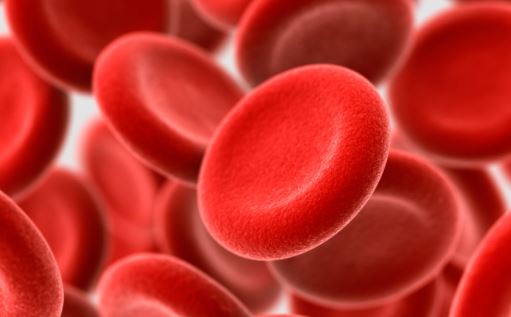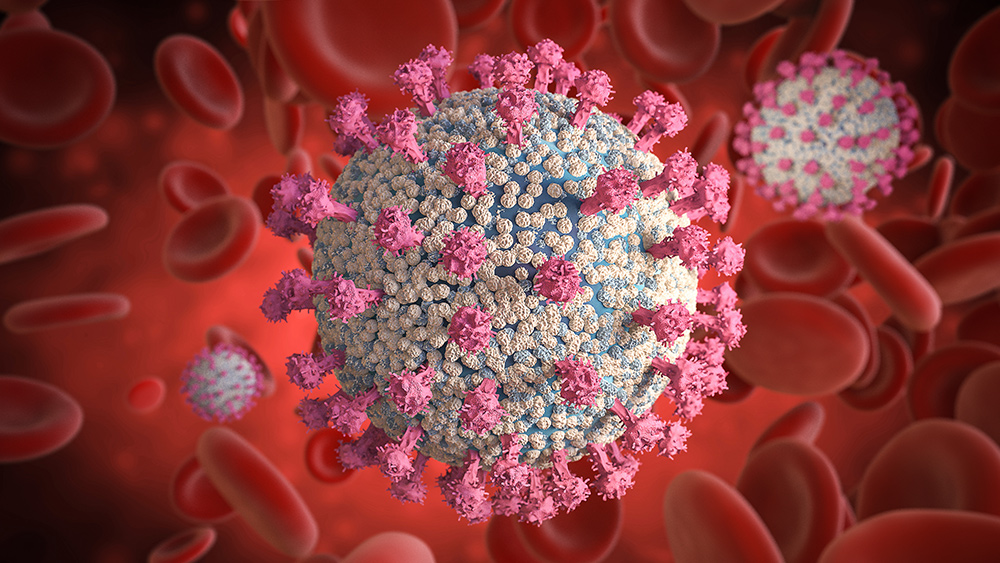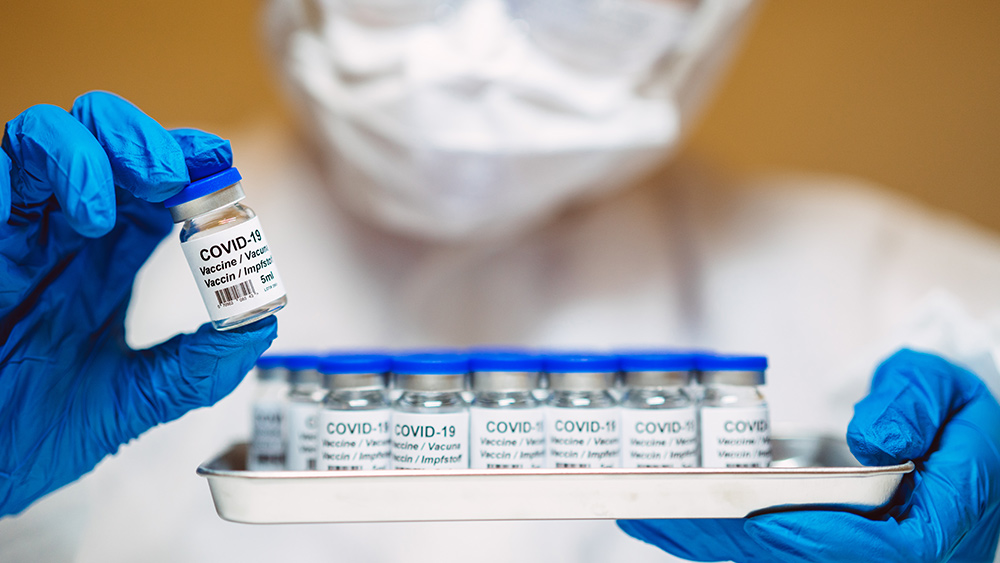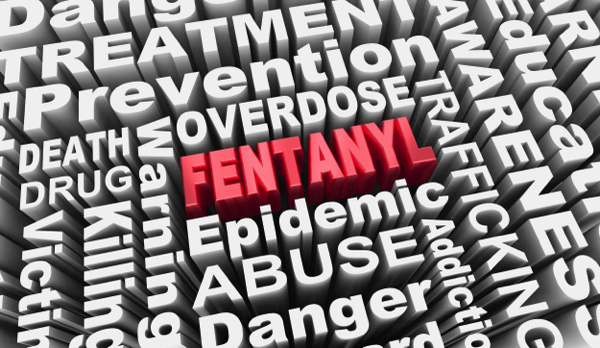 Parler
Parler Gab
Gab
- Iron overload, affecting an estimated 16 million Americans, occurs when the body accumulates excessive iron, leading to serious health risks if untreated. This condition is often caused by hemochromatosis, an inherited disorder prevalent in individuals of Northern European descent.
- Symptoms of iron overload, such as fatigue, joint pain and abdominal discomfort, typically appear after age 40 and can mimic other conditions. Left unchecked, iron accumulation can cause severe complications, including cirrhosis, diabetes, heart failure and cognitive decline.
- The primary treatment for iron overload is phlebotomy, which involves regular blood removal to reduce iron levels. For those unable to undergo phlebotomy, chelating agents are an alternative, though less effective.
- Certain supplements, like turmeric, milk thistle and green/black tea, can help manage iron levels by reducing cellular iron, protecting the liver and inhibiting iron absorption.
- While iron is essential for life, both deficiency and excess can be harmful. Awareness, early diagnosis and proactive management are key to mitigating the risks and ensuring optimal health.
Symptoms and complications of iron overload
The symptoms of iron overload can be elusive, often manifesting as fatigue, joint pain and abdominal discomfort. According to the National Institutes of Health (NIH), these symptoms usually appear after age 40 and can be easily mistaken for other conditions. Without treatment, iron accumulation can lead to serious complications:- Liver Damage: Iron buildup in the liver can cause cirrhosis, impairing liver function and increasing the risk of liver cancer.
- Endocrine Issues: The endocrine glands may be affected, leading to diabetes and hypothyroidism.
- Heart Problems: Iron accumulation in the heart can result in heart failure, as the heart muscle struggles to pump blood effectively.
Treatment and management
The primary treatment for iron overload is phlebotomy, the regular removal of blood to reduce iron levels. Martha's experience with monthly blood donations has been a lifeline, providing immediate relief from her symptoms. "Once I donate blood, I feel immediate relief," she said. For those who cannot undergo phlebotomy, chelating agents offer an alternative, although they are less effective. Diet plays a crucial role in managing iron overload. The NIH recommends a healthy, balanced diet without the need for drastic reductions in iron intake. Dr. Daniel Landau, a hematologist, advises moderation rather than avoidance of iron-rich foods. "Iron-rich foods such as steak and leafy vegetables are acceptable when consumed in moderation," he stated. Naturopathic doctor Eric Lewis emphasizes the importance of balance. "Decreasing foods high in iron content may make sense, but extreme avoidance could inadvertently create a different nutrient deficiency," he noted. Heme iron, found in animal foods, is more easily absorbed and may warrant particular attention.The role of supplements and the risks of overconsumption
Certain supplements show promise in managing iron levels. Turmeric, with its active compound curcumin, has been shown to decrease cellular iron and reduce inflammation. Milk thistle acts as a liver protector and antioxidant, while green and black tea contain polyphenols that inhibit iron absorption. "For those who struggle to drink enough green tea, supplements are an option," Lewis added. Iron toxicity is not limited to those with hemochromatosis. Accidental ingestion of iron supplements, particularly by children, can lead to severe poisoning. Additionally, individuals who rely on frequent blood transfusions or have certain liver diseases are at risk. The widespread use of iron-fortified supplements further complicates the issue, as people may unknowingly consume excessive amounts. Joseph Lopez, founder of Pure IV Utah, warns of the dangers of over-supplementation. "Toxicity from supplements can easily happen," he said, recalling a client who ingested nearly 100 milligrams of iron daily from various sources. The story of iron overload underscores the importance of balance in health. While iron is vital for life, too much can be as detrimental as too little. As Martha's experience illustrates, awareness, early diagnosis and proactive management are crucial in mitigating the risks associated with iron overload. Health professionals and individuals alike must remain vigilant, ensuring that iron levels are neither too high nor too low to maintain optimal health and well-being. Watch this video that talks about elevated iron levels. This video is from the Conners Clinic channel on Brighteon.com.More related stories:
Young man with end stage heart failure found to have too much iron in his blood; successfully reversed with chelation therapy. Low iron linked to brain fog in perimenopause, but diet fixes may help without risky drugs. Feeling unusually exhausted lately? You may be suffering from iron deficiency.Sources include:
TheEpochTimes.com NCBI.NLM.NIH.gov ODS.OD.NIH.gov Brighteon.comFatal “laughing gas” poisonings skyrocket as recreational use spreads among youth
By Willow Tohi // Share
Blood safety crisis: Vaccinated donors and the fight for choice under fire
By Willow Tohi // Share
USDA, EPA greenlight RNA food tech amid calls for transparency
By Willow Tohi // Share
Crossing the line: Navigating the national security crisis at the English Channel
By Belle Carter // Share
Governments continue to obscure COVID-19 vaccine data amid rising concerns over excess deaths
By patricklewis // Share
Tech giant Microsoft backs EXTINCTION with its support of carbon capture programs
By ramontomeydw // Share
Germany to resume arms exports to Israel despite repeated ceasefire violations
By isabelle // Share










